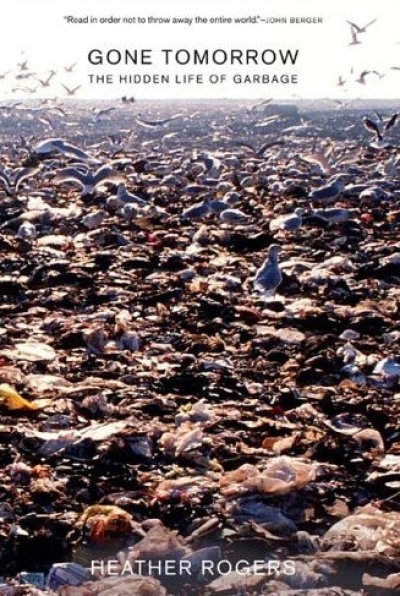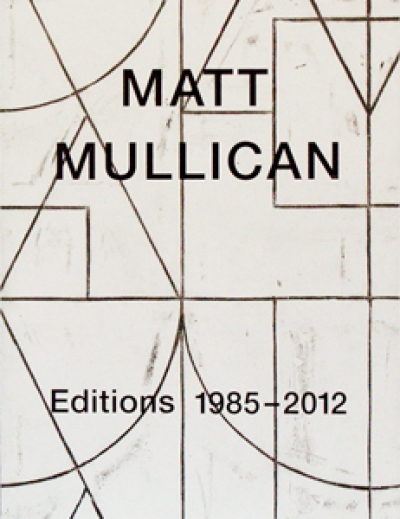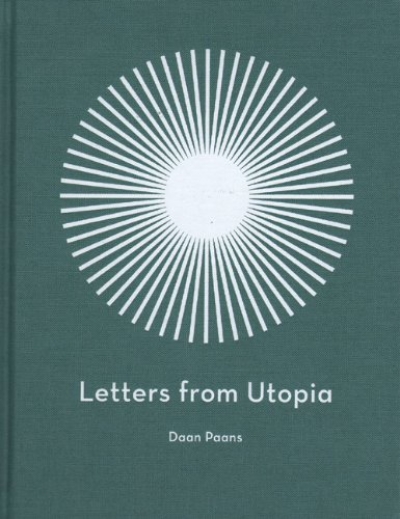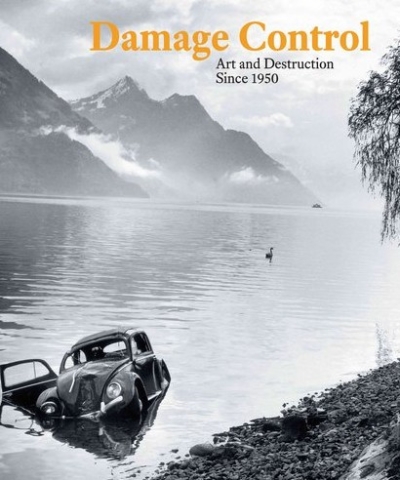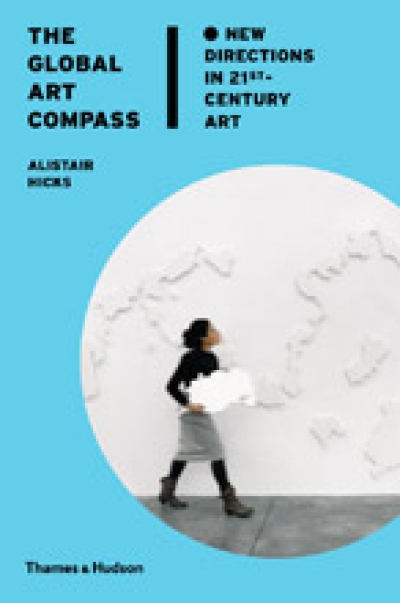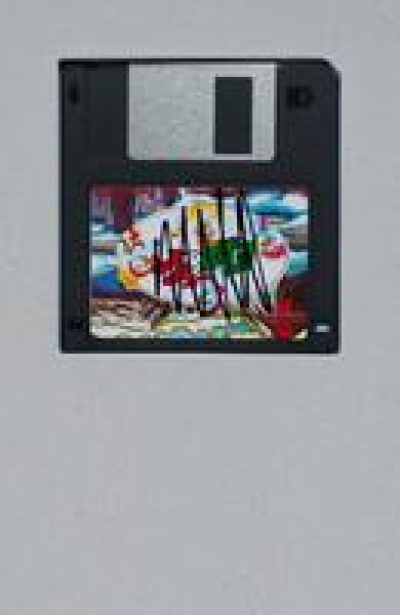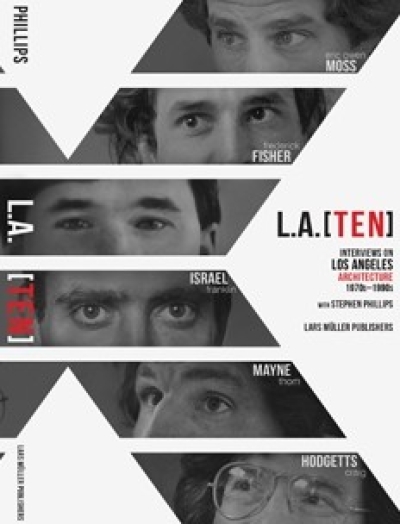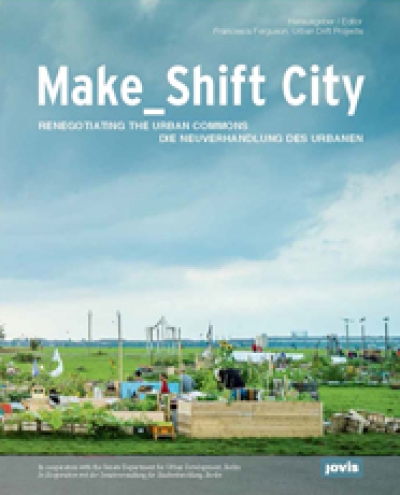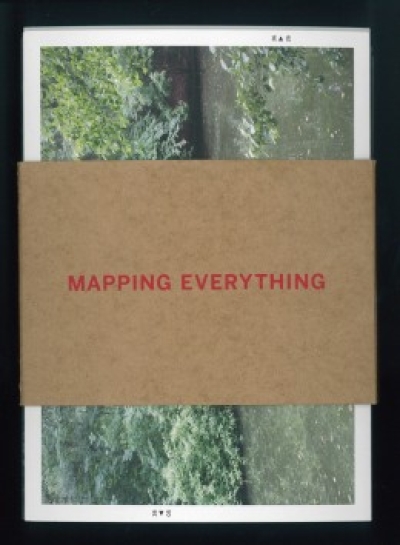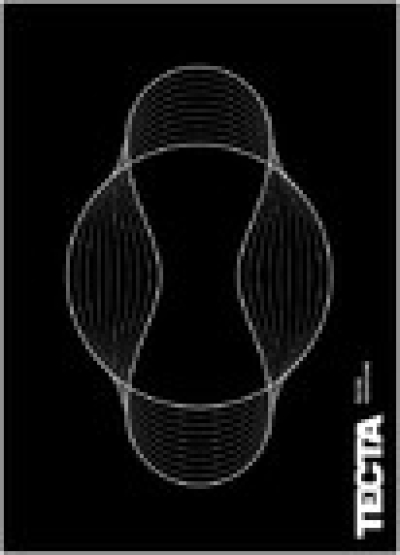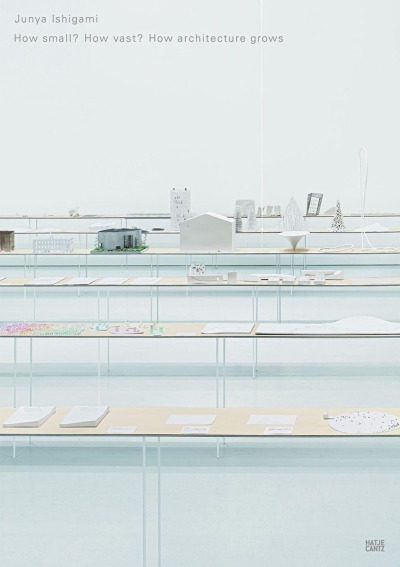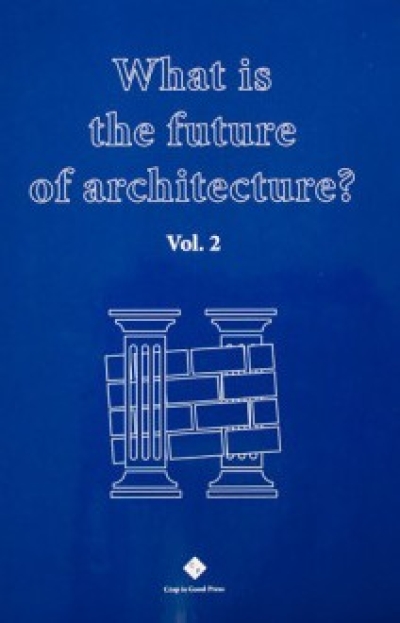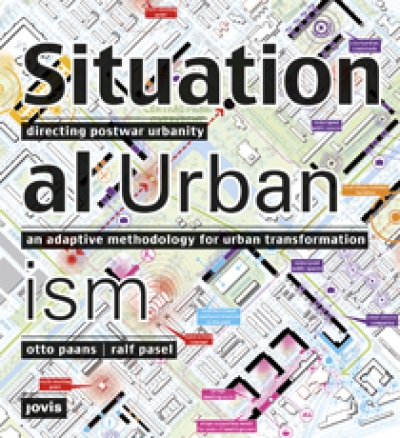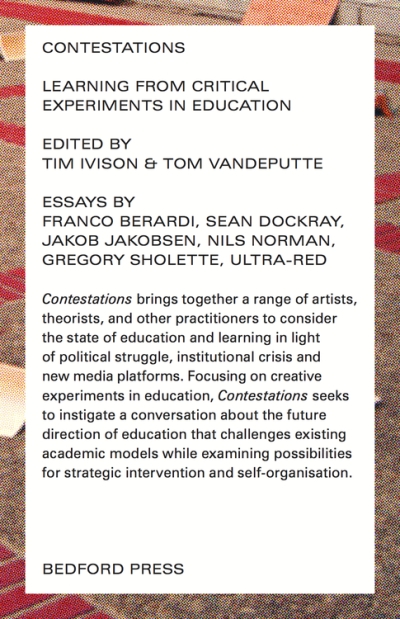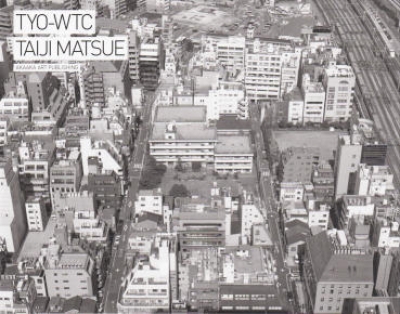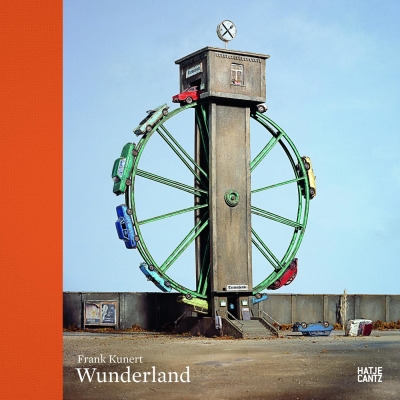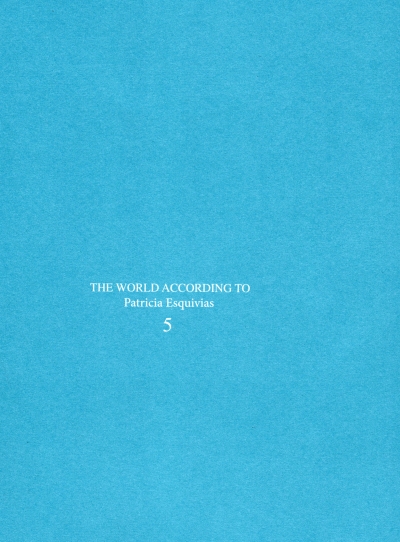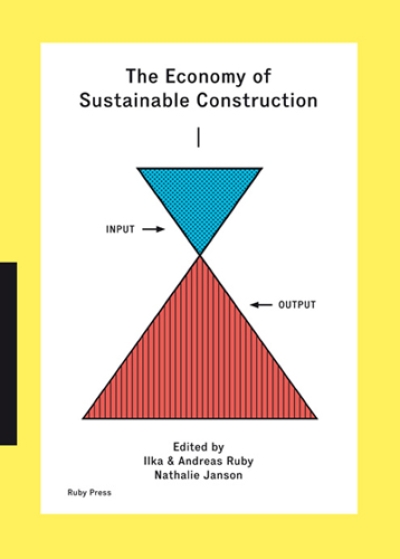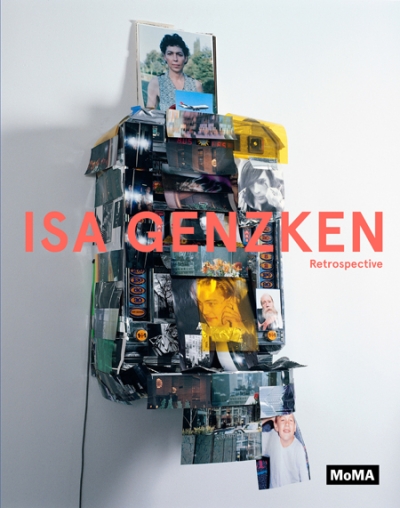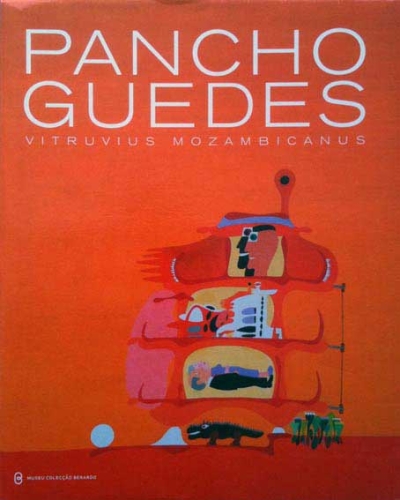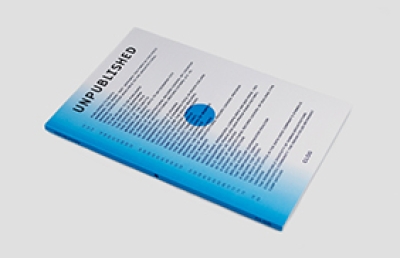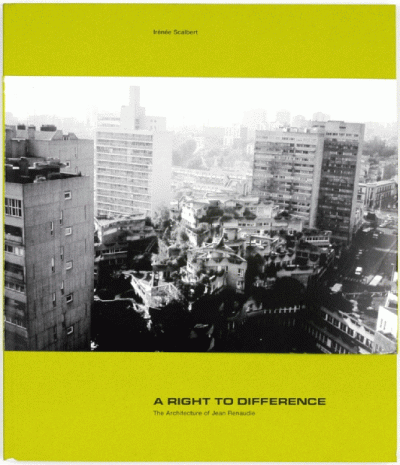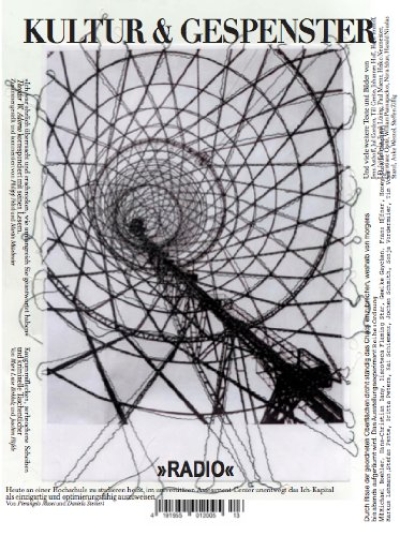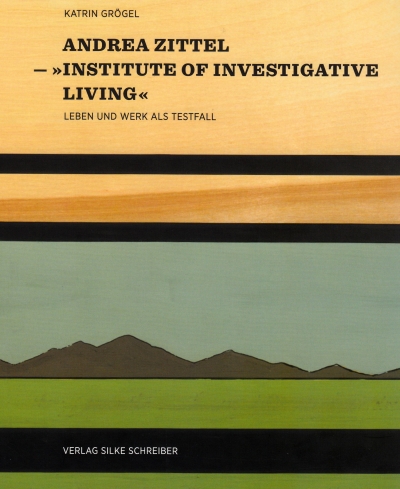Judith Butler, Athena Athanasiou
Die Macht der Enteigneten. Das Performative im Politischen
Matt Mullican
Editions 1985-2012
Daan Paans
Letters from Utopia
Marcus Quent, Eckardt Lindner (Hg.)
Das Versprechen der Kunst
Kerry Brougher
Damage Control. Art and Destruction Since 1950
Armen Avanessian (Hg.)
Realismus Jetzt: Spekulative Philosophie und Metaphysik für…
Marc Angelil, Rainer Hehl (Eds.)
Minha Casa-nossa Cidade. Innovating Mass Housing In Brazil
Olafur Eliasson
Eine Feier, elf Räume und ein gelber Korridor
Archivist
Three Faces. Archive Chalayan
Alistair Hicks
The Global Art Compass
Manfred Omahna, Johanna Rolshoven (Hg.)
Reziproke Räume. Texte zu Kulturanthropologie und…
Jan Verwoert
COOKIE!
Martin Conrads, Franziska Morlok (Ed.)
War postdigital besser?
Stephen Phillips (Ed.)
L.A. [Ten]. Interviews on Los Angeles Architecture, 1970–…
Andrew Hemingway
The Mysticism of Money
Ljiljana Kolešnik (Ed.)
Socialism and Modernity. Art, Culture, Politics 1950 – 1974
Sascha Peters
Materialrevolution 2. Neue nachhaltige und multifunktionale…
Francesca Ferguson, Urban Drift…
Make Shift City. Renegotiating the Urban Commons
CTM 2014 Festival Magazine
Dis Continuity
UDK, ETH (Ed.)
Mapping Everything
Ryan Gander
Artists’ Cocktails
Tecta
Flying Furniture
Warren Carter, Barnaby Haran, Frederic…
ReNew Marxist Art History
Birkenstock, Kastner, Sonderegger (Eds.)
Kunst und Ideologiekritik nach 1989 / Art and the Critique…
Yilmaz Dziewior (Ed.)
Liebe ist kälter als das Kapital. Love is colder than…
Anna Kostreva
Berlin. Eine Morphologie der Mauern. A Morphology of Walls
Emmett Williams
An Anthology of Concrete Poetry
Michaela Melián / Thomas Meinecke
IEMANJÁ
Junya Ishigami
How Small? How Vast? How architecture grows
Pieterjan Grandry
The Future of Architecture. What is the future of…
Beatriz Colomina
Manifesto Architecture. The Ghost of Mies
Jens Müller (Ed.)
Rolf Müller
Gill Perry
Playing at Home. The House in Contemporary Art
Jennifer A.E. Shields
Collage and Architecture
Gaßner, Kölle, Roettig (Ed.)
Eva Hesse. One More Than One
Andreas Baur, Bernd Stiegler, Felix…
Wozu Bilder? Gebrauchsweisen der Fotografie
Kim Gordon
Is It My Body? Selected Texts
René Spitz
A5/06. HfG Ulm
Petra Reichensperger (Ed.)
Begriffe des Ausstellens (von A bis Z). Terms of Exhibiting…
Torsten Blume, Christian Hiller (Hg.)
Mensch - Raum – Maschine. Bühnenexperimente am Bauhaus
Clémentine Deliss, Yvette Mutumba (Hg.)
Ware und Wissen: or the stories you wouldn’t tell a stranger
Richard Birkett (Ed.)
and Materials and Money and Crisis
Barbara Penner
Bathroom (Objekt series)
Otto Paans, Ralf Pasel
Situational Urbanism. Directing Postwar Urbanity
Tactical Technology Collective
Visualising Information for Advocacy
Emma Lavigne
Pierre Huyghe
Alessandro Petti, Sandi Hilal, Eyal…
Architecture after Revolution
Phil Pasquini
Domes, Arches and Minarets. A History of Islamic-Inspired…
Tracey Thorn
Bedsit Disco Queen. How I Grew Up and Tried to be a Pop Star
Tim Ivison, Tom Vandeputte (Hg)
Contestations. Learning from Critical Experiments in…
IDEA Magazine
IDEA 362. Poetics of Graphic Language. Contemporary…
Hans Ulrich Obrist
Sharp Tongues, Loose Lips, Open Eyes, Ears to the Ground
Jeannette Kuo (Ed.)
A-Typical Plan
Taiji Matsue
Tyo-WTC
Anna Feigenbaum, Fabian Frenzel,…
Protest Camps
Christopher Burke, Eric Kindel, Sue…
Isotype. Design and Contexts, 1925–1971
Mark Dorrian, Frederic Pousin (Eds.)
Seeing from Above. The Aerial View in Visual Culture
Gianni Politi
The Ritual of the Snake
Frank Kunert
Wunderland
Andrew Hemingway
The Mysticism of Money. Precisionist Painting and Machine…
Karl-Siegbert Rehberg, Paul Kaiser (Hg.)
Bilderstreit und Gesellschaftsumbruch. Die Debatte um die…
Neil Brenner (Ed.)
Implosions / Explosions. Towards a Study of Planetary…
Silke Langenberg (Hrsg.)
Das Marburger Bausystem. Offenheit als Prinzip
Langley, Pearce, Worth (Ed.)
After Butler's Wharf. Essays on a Working Building
Vibeke Gieskes (Ed.)
The Future of Architecture
Mark Sinclair, Tony Brook
Type Only
Sven Völker (Ed.)
Some Book. Graphic Expressions between Design and Art
Dan Graham
Nuggets – New and Old Writing on Art, Architecture, and…
Ellen Blumenstein, Katharina Fichtner (…
The World According to Patricia Esquivias. Fernando Garrido…
Ilka & Andreas Ruby, Nathalie…
The Economy of Sustainable Construction
Joshua Decter
Art Is a Problem. Selected Criticism, Essays, Interviews…
James Guerin
Berlin Quarterly. European review of Culture. Issue 1
Blexbolex
Ein Märchen
Museum of Modern Art (Ed.)
Isa Genzken. Retrospective
Juergen Teller
Common Ground. In Photographs
Jochen Eisenbrand
George Nelson. Ein Designer im Kalten Krieg
Maik Schierloh (Hg.)
Kosmetiksalon Bar Babette
Model House Research Group (Ed.)
Transcultural Modernisms
Museo Berardo (Ed.)
Pancho Guedes. Vitruvius Mozambicanus
Clog
Unpublished
Joanne Finkelstein
Fashioning Appetite. Restaurants and the Making of Modern…
Gunnar Hindrichs
Die Autonomie des Klangs - Eine Philosophie der Musik
Irénée Scalbert
A Right to Difference. The Architecture of Jean Renaudie
Juliane Rebentisch
Theorien der Gegenwartskunst
Darran Anderson
Serge Gainsbourg's Histoire de Melody Nelson (33 1/3)
Daniel Irrgang, Clemens Jahn (Hg.)
Forum zur Genealogie des MedienDenkens 1. Siegfried…
Pascal Gielen (Ed.)
Institutional Attitudes. Instituting Art in a Flat World
Texte zur Kunst Heft 92
Architecture / Architektur
Kultur & Gespenster 14
Radio
Philipp Misselwitz, Eui Young Chun,…
Gwangju Folly II
Katrin Grögel
Andrea Zittel. Institute of Investigative Living. Leben und…
Marcel Duchamp, Henri-Pierre Roche,…
3 New York Dadas and the Blindman
Catherine Zuromskis
Snapshot Photography. The Lives of Images
E. Bippus, J. Huber, R. Nigro
Ästhetik der Existenz. Lebensformen im Widerstreit T:G/10
Chantal Pontbriand
The Contemporary, the Common: Art in a Globalizing World
Aleksandra Mir
The Space Age. Poster Book
Fabrico Próprio
The Design of Portuguese Semi-Industrial Confectionery
Viola Vahrson, Susanne Märtens, Beate…
Gehen
